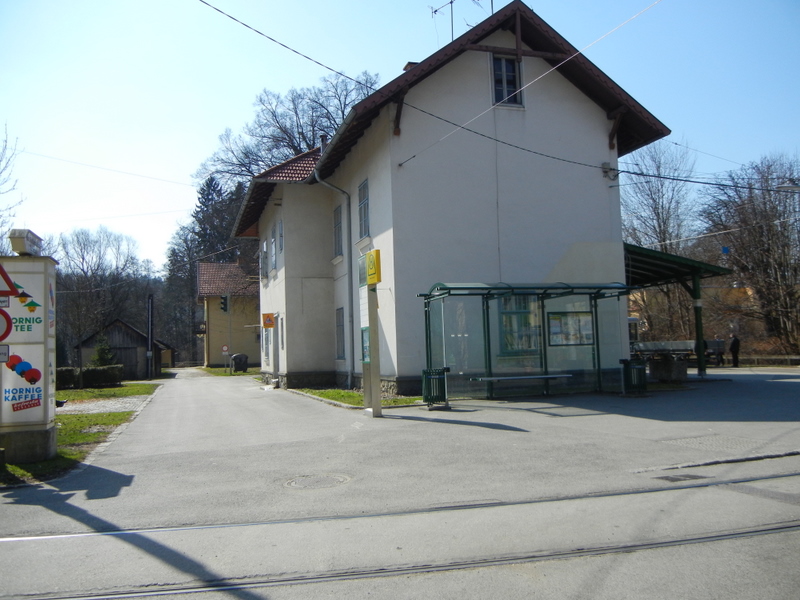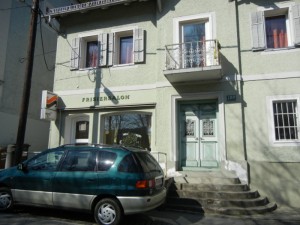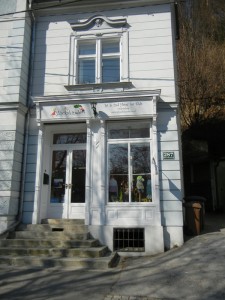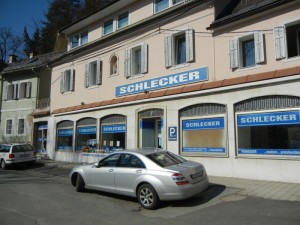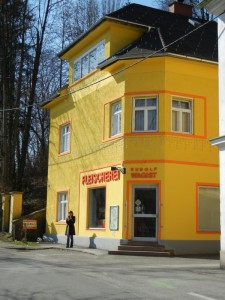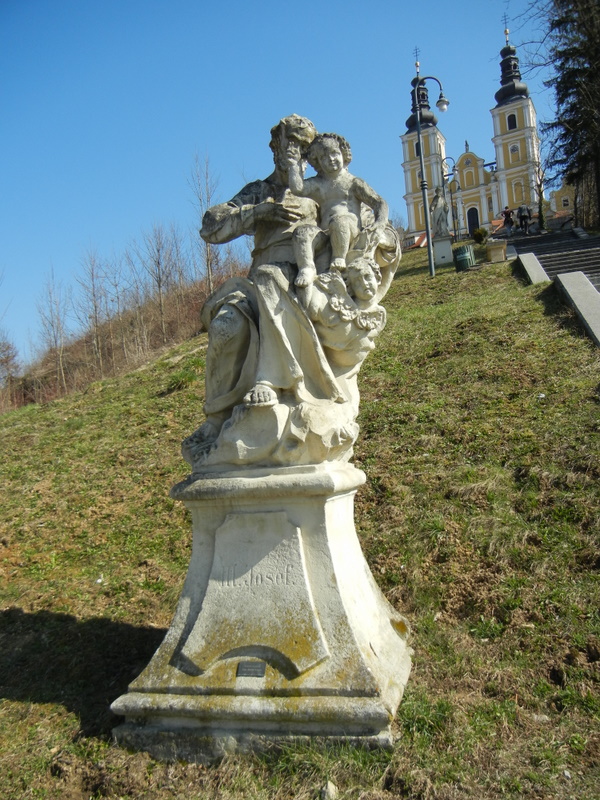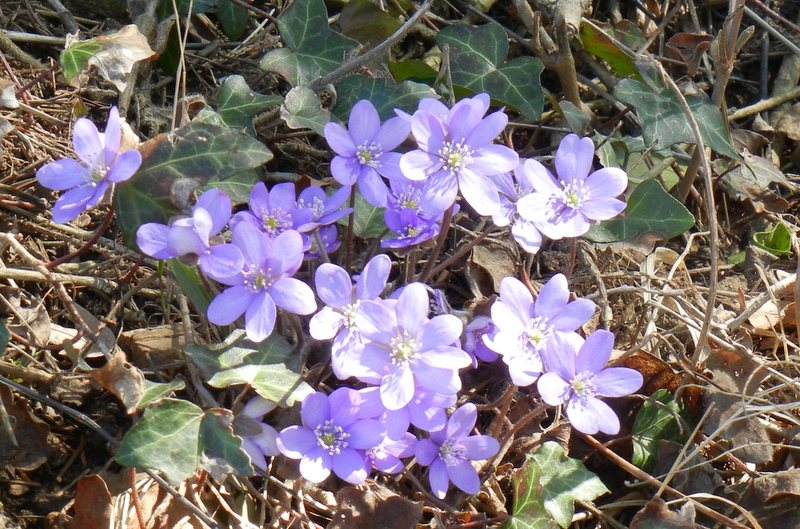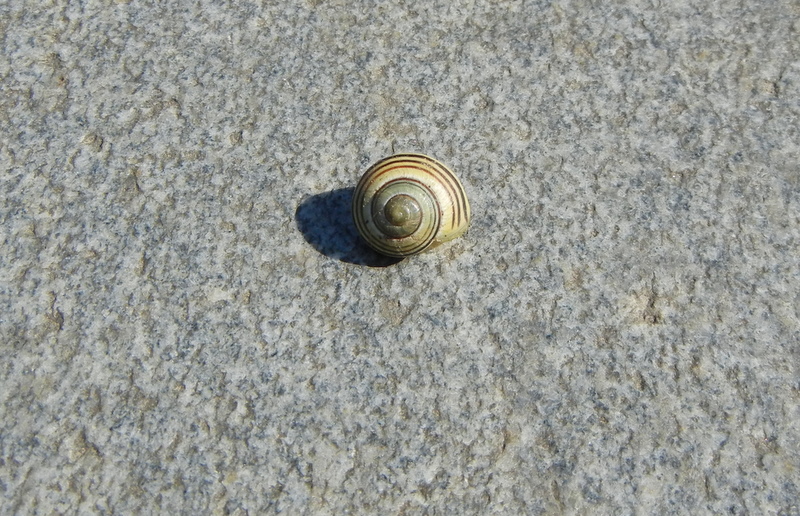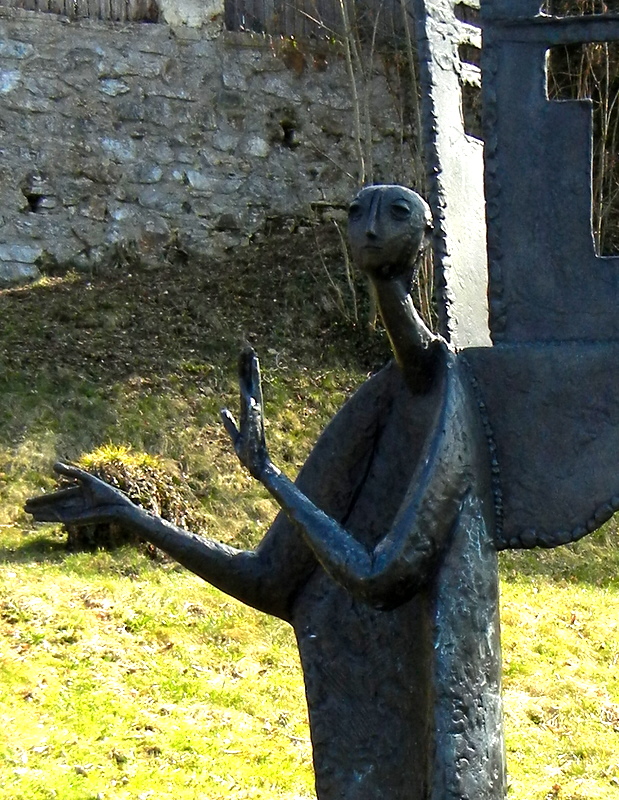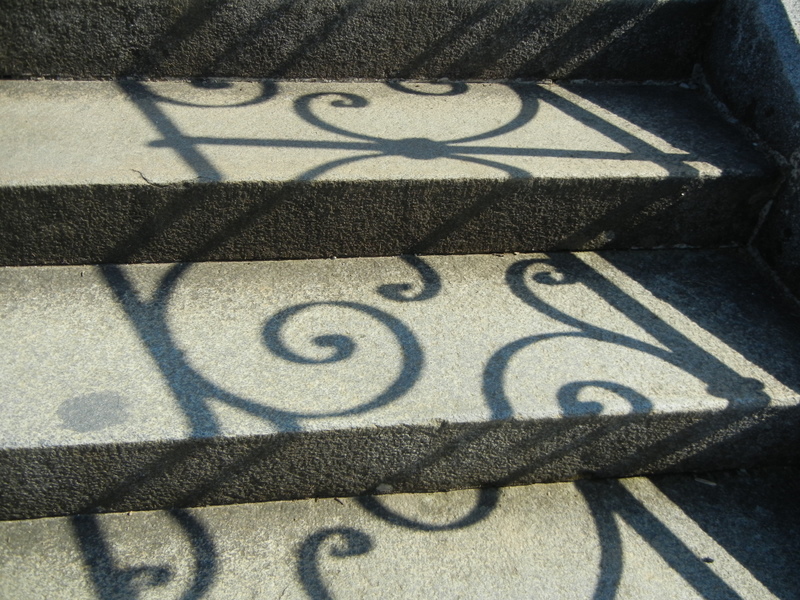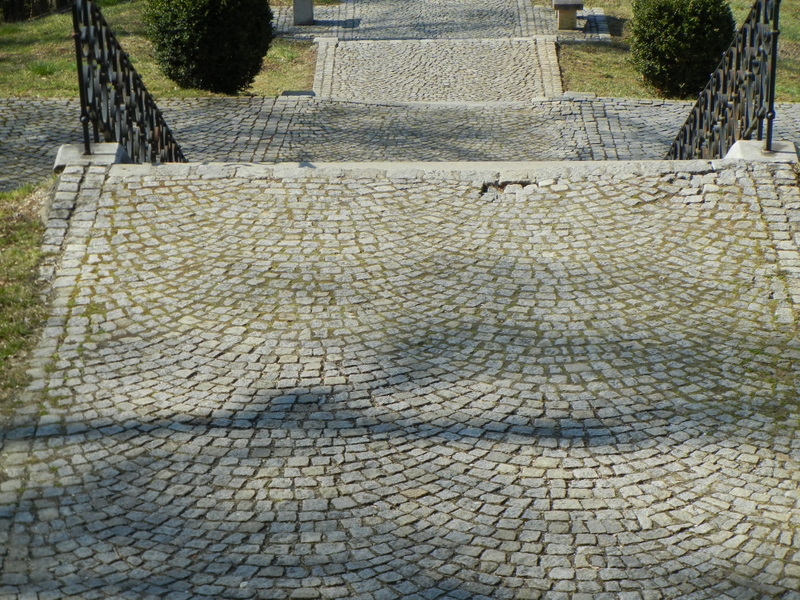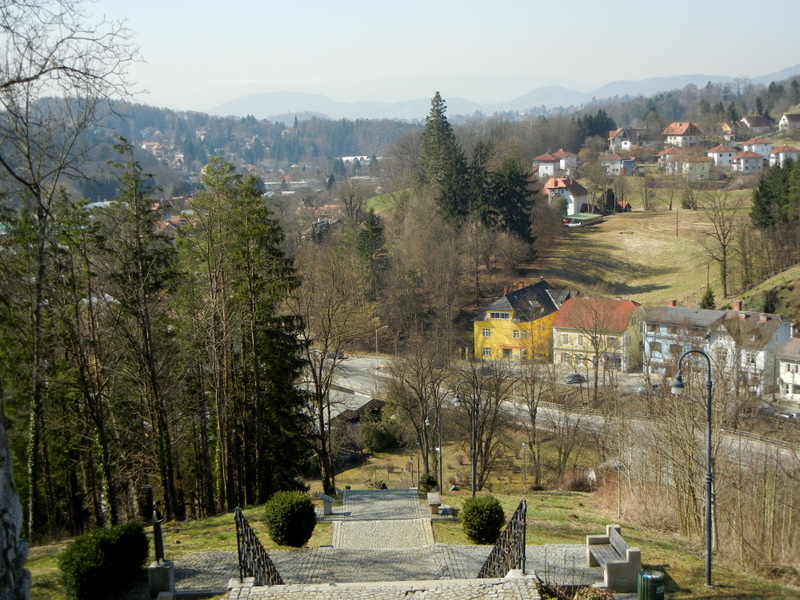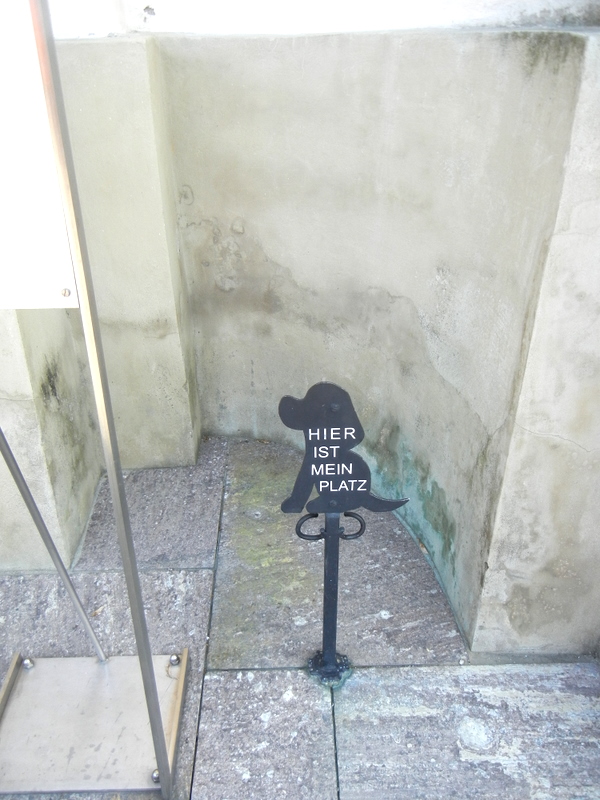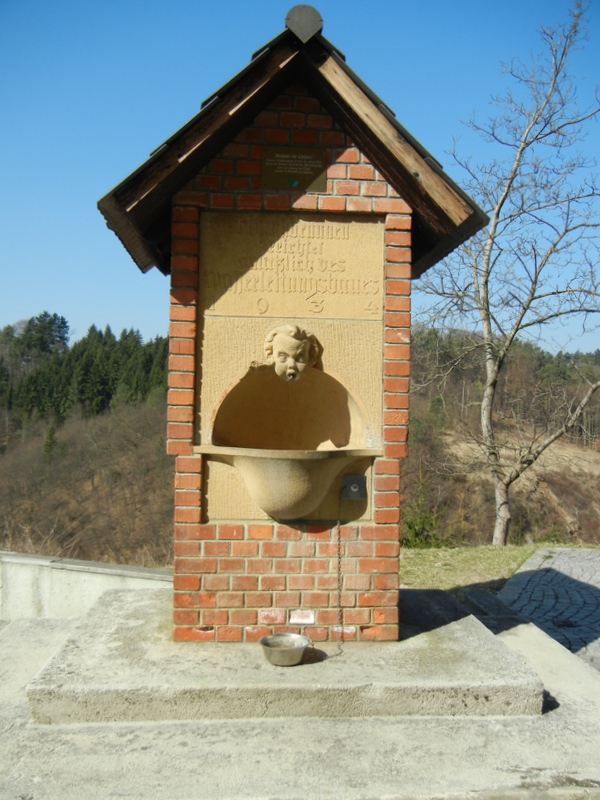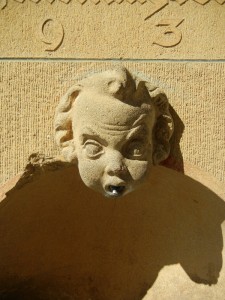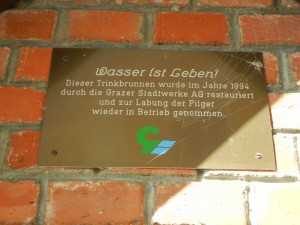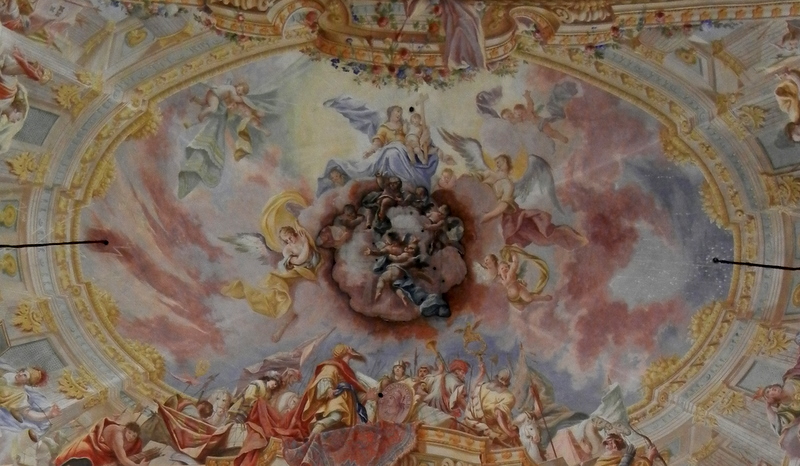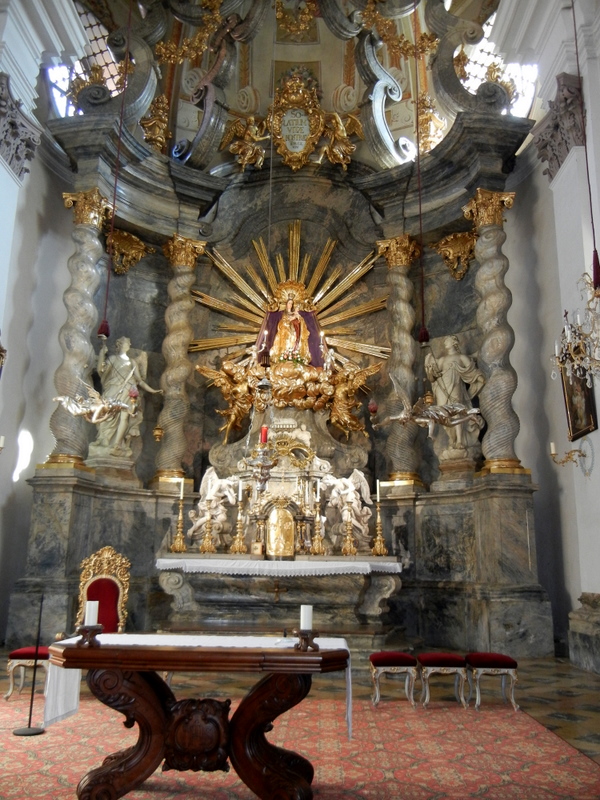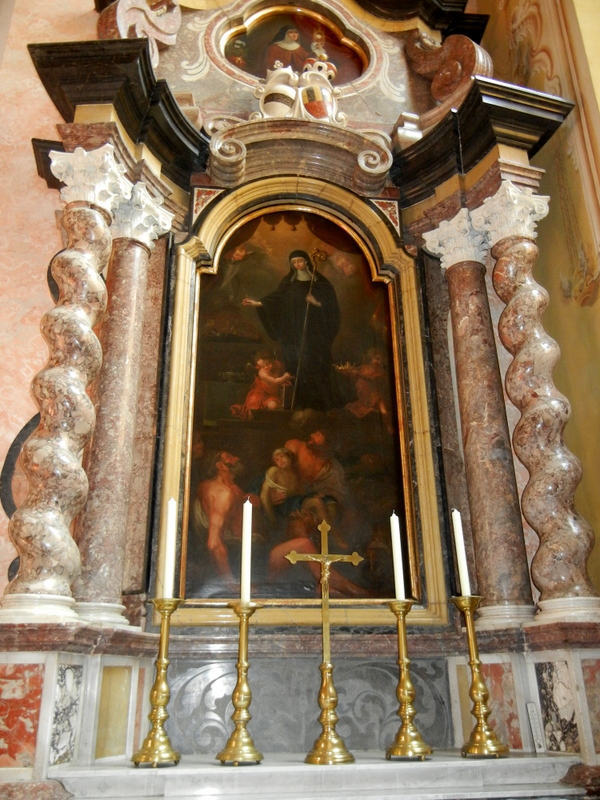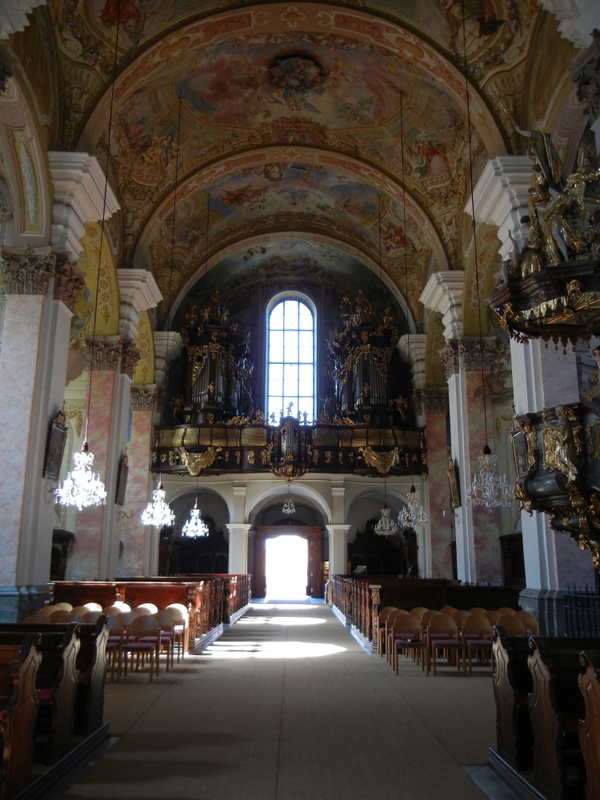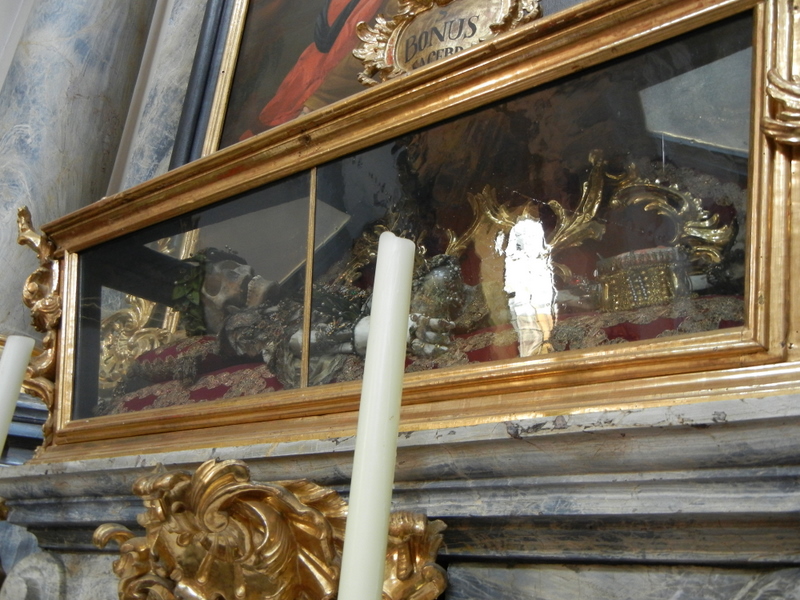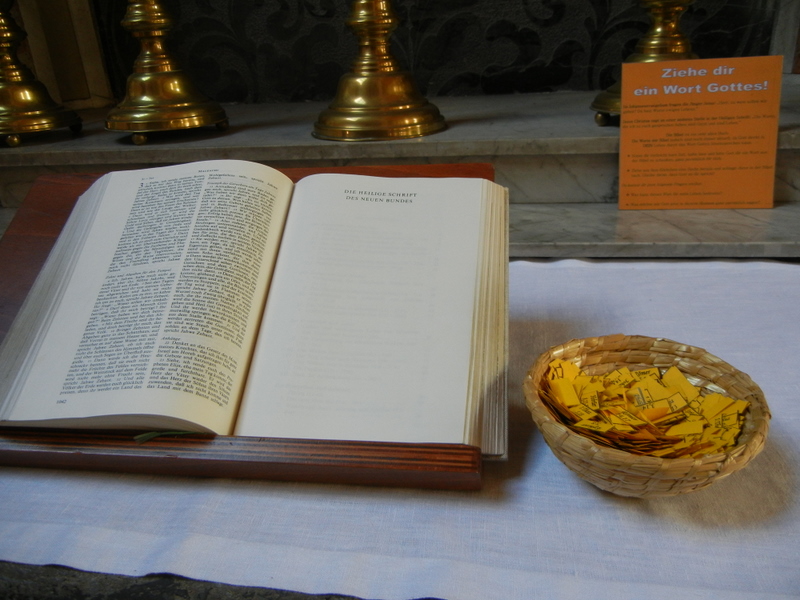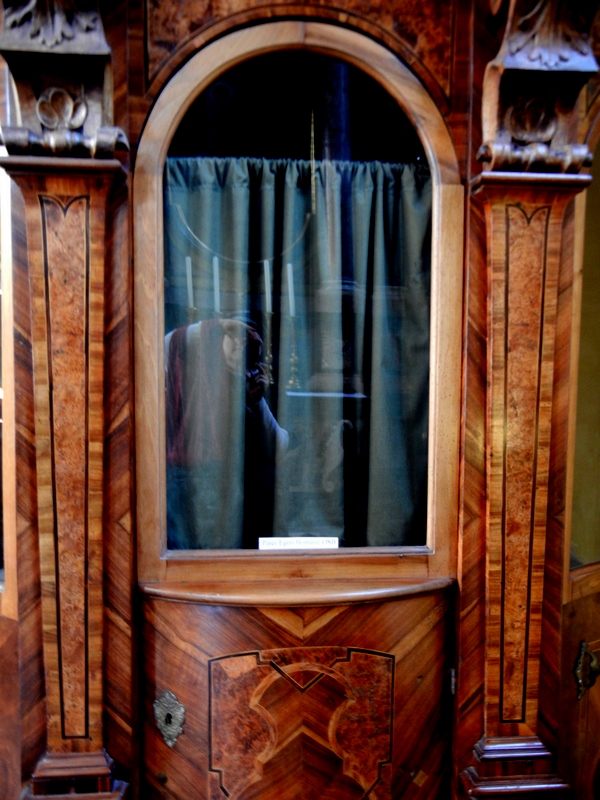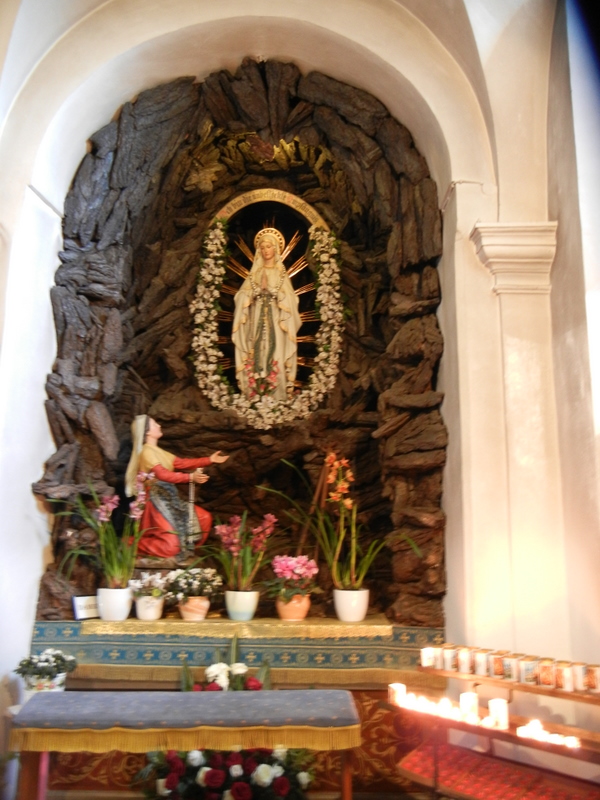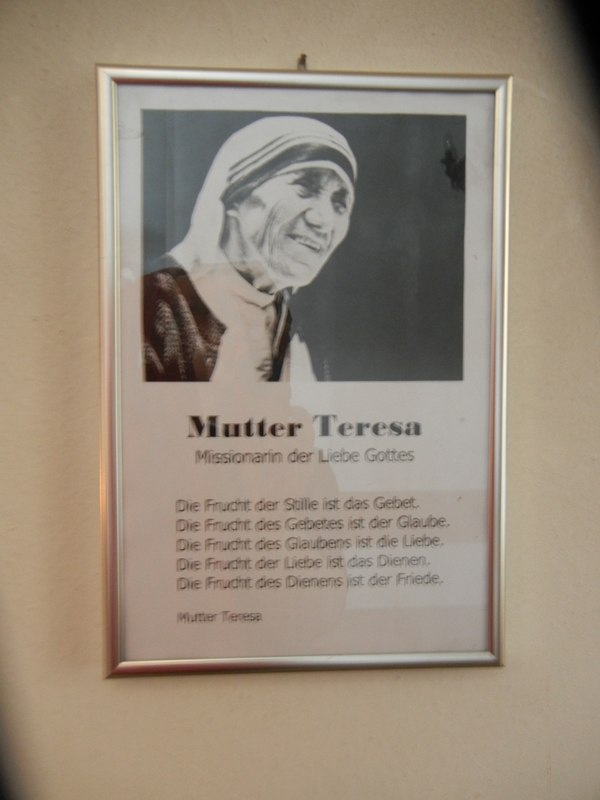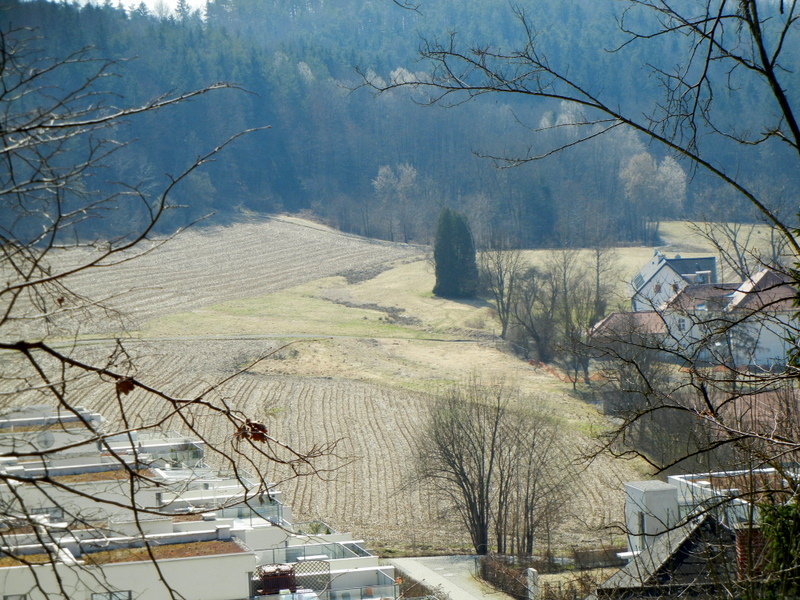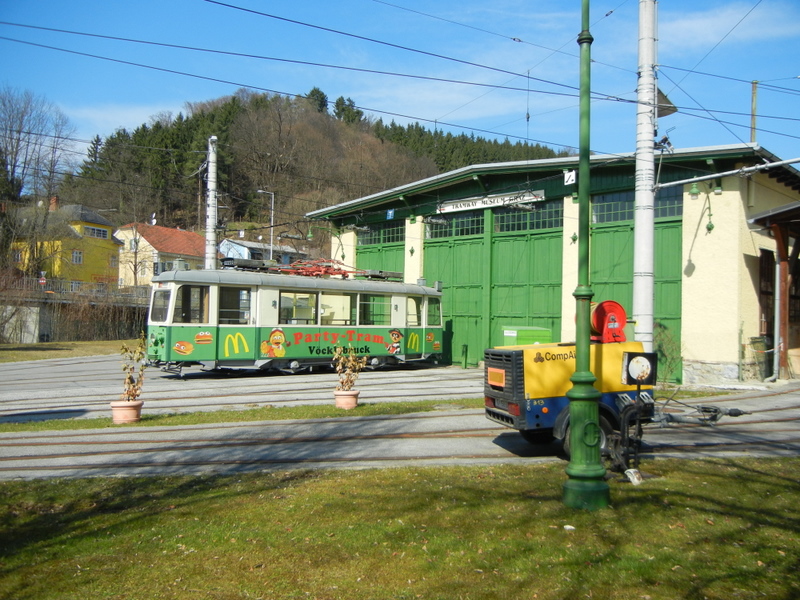Barbara Brown Taylor, in An Altar in the World, has quite a lot to say about walking as a spiritual practice. ( I really commend the entire book to you.) Recently, something she wrote resonated with me: “Jesus walked a lot, and not only during the last week of his life. If Jesus had driven a car, instead, it is difficult to imagine how that might have changed his impact. Surely someone could have loaned him a fast horse. Instead, he walked everywhere he went. This gave him time to see things….If he had been moving more quickly—even to reach more people—these things might have become a blur to him. Because he was moving slowly, they came into focus for him, just as he came into focus for them.”
As we have settled into Graz, and settled into the Lenten season, we have been walking everywhere. Sometimes we take the tram, but even to get to the tram or from the tram’s stopping point to our destination, we must walk. Nonetheless, even though we walk we are usually heading somewhere – to find a store, a concert, to work. Last week, I decided to slow it down even more by spending the morning walking in a specific area of Graz, not only letting my feet wander but also moving slowly along the way, and observing what came into focus.
I boarded the tram #1 heading in the opposite direction from our usual route, that is, towards the end of the line, where the bascillica of Mariatrost (Mary of Consolation) stands watch. (This is the same large church we can see from our walking path near our flat.) There weren’t so many of us onboard, and even the tram moved slowly through the tiny clusters of houses, apartment buildings and parks. There is one section where the road disappears entirely, and there is only grass on each side of the one-tram-at-a-time track. Riding with me were a mother and her preschool age child, an older couple, a young woman with magenta streaks through her hair, a man who might have been developmentally delayed and a few others. Going slowly, you have time to consider the marvelous and diverse weave of humanity’s fabric.
Mariatrost lies at the very end of Line 1, where the tram turns around to head back into ‘downtown’ Graz. Getting off, I could see the church in the distance but first there was a path, so the feet followed that.
As I rounded the station house, a small collection of shops came into view and invited me on.
Believe it or not, these were all things I had been wondering about since we arrived in Graz – where to get a hair cut, where I might find some baby items, where there might be a reliable butcher! Who knew these very shops would be waiting?
Going into the Schlecker, I discovered two items we had been seeking – a squeegie for the shower walls and anti-tick spray! The clerk understood my request for the latter and helped me find it.
With no other buildings in view, I turned toward the Purberg (literally “pure mountain”) that holds Mariatrost. I passed a house that appeared to be a day-center of some kind. (Later I learned it was Mariatrost Haus, a nursing care facility and day-center for people who have mental illness and/or mental disability.) The man who was riding the tram with me earlier was there!
The way to Mariatrost is all uphill, and it is said that climbing the 213 steps themselves represent a sort of pilgrimage.
I took my time (the steps are arranged in groups of 10 and are easily managed), pausing with each decade of steps to reverently consider specific situations in the world and in my life. These are some ‘thoughts’ I observed along the way.

an open door at the Mariatrost - (with post office box in case the usual forms of communication don't work?
I think the post office box is actually a sign of how huge a destination Mariatrost must be. Today, though, there was no one else around.
Mariatrost is a baroque building (begun in 1714 and finished over a 10 year period) but like so many in Graz, has Gothic roots. There was once both a Pauline Monastery and a Franciscan order here. The latter left in the 1990’s. The church is celebrating their 225th year of being a parish! It is the second most important Marian shrine in Styria, after the Mariazell Basilica.
Compared to the very simple way up the steps, the inside of the church is either a tribute to or a riot of baroque, depending on how you view it. Still, a peacefulness was present. Here are some photos of the inside.
I appreciated this interactive part of the church. My scripture was John 3:18.
This was a well used replica of the Grotto of Lourdes. A lovely place to pray.
I sat for quite a while in the sanctuary of the church. So long that the noon bells started to ring. Maybe you would like to hear them, too!
With that, it felt like it was time to wander home again. Out the door to gaze once more on the beautiful hills and countryside.
And back once again to the tram station, where ‘relics’ of transportation are displayed in the Museum.
It was one of the first days I’d experienced with absolutely no planned agenda: no forms to fill out to take to an agency, no shopping or laundry to do, no monument or other attraction to view, no meetings or concerts, no place I had to be. How beautiful is the gift of spaciousness! I’m grateful.

